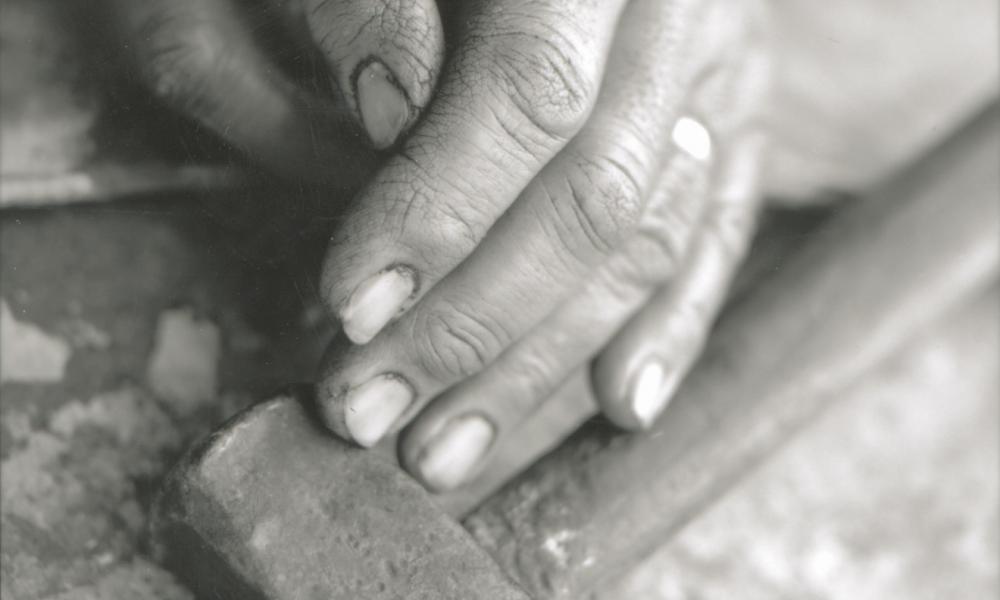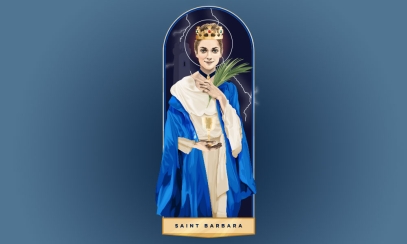
In the Know About St. Joe
No, you’re not in the wrong section of the magazine. Fr. Joe is in his usual place. This article is about St. Joe – St. Joseph, husband of Mary, foster father of Jesus, and patron saint of workers.
St. Joseph has two feast day celebrations in his honor. The first, March 19, is often overshadowed by the more festive feast day of St. Patrick two days earlier. (It’s tough to compete with green beer.) The second, May 1, is (at least as far as Church time goes) a relatively new addition to the Roman calendar.
The first of May is the feast of St. Joseph the Worker. Think of it as a kind of Catholic Labor Day. This feast was established in 1955 as a Catholic response to Communist May Day celebrations in Europe. St. Joseph worked as a carpenter to support Mary and Jesus, and taught Jesus to work by his side. Through his example, today’s workers can see their work as blessed and can realize that the work they do is part of God’s plan for their lives.
In addition to being the patron of working people in general, St. Joseph is, not surprisingly, the patron saint of carpenters, cabinetmakers, craftsmen, wheelwrights, and engineers. He is the patron of social justice. Because he did whatever God asked of him without hesitation, he is called upon to prevent doubt. Just as he was the head of the Holy Family, he is the patron of all families, and especially of fathers, and he is the patron and protector of our family in faith, the Universal Church.
Because he made a happy home for Mary and Jesus, he is the patron saint of house hunters and house sellers. No doubt you know someone who has successfully sold their house after burying a statue of St. Joseph in their yard. Some folks say this is disrespectful, others swear by it. (If you do this, remember to dig up the statue and put it in a place of honor in your new home. You don’t want the new people in the house wondering why perfect strangers keep ringing the doorbell asking if they want to sell.)
The Scriptures don’t say much about St. Joseph, but we can figure out what kind of man he was just from the little we read. He came from the royal line of King David, but was a poor workingman who could only afford the temple sacrifice of two doves when Jesus was circumcised. He was a man of faith, listening to the messages of angels and doing whatever he had to do to protect his family from danger. He made sure that Jesus was brought up in the practice of his faith, making the annual trek to Jerusalem for Passover. And even though Jesus wasn’t really his child, he was worried sick about him when he disappeared during one of the Passover trips.
We don’t hear anything about Joseph after that incident, so we can assume that Joseph died before Jesus began his public ministry. He is the patron of the dying and of a “happy death,” because he probably died with Mary and Jesus by his side, which is the way we all hope to die. The hourglass symbol found in many artistic representations of St. Joseph symbolizes his patronage of the dying.



